How to Save Your Plants From Frost
Protect tender shrubs, perennials, succulents and citrus trees with these simple tricks
Lauren Dunec Hoang
13 November 2020
Houzz Editor; landscape designer and former garden editor for Sunset Magazine and in-house designer for Sunset's Editorial Test Garden. Her garden designs have been featured in the Sunset Western Garden Book of Landscaping, Sunset Western Garden Book of Easy-Care Plantings (cover), Inhabitat, and POPSUGAR.
Houzz Editor; landscape designer and former garden editor for Sunset Magazine and... More
When cold weather hits, an overnight frost or extended freeze can damage susceptible plants. Even in mild-winter regions, frost can have damaging effects on cold-sensitive garden favorites like citrus trees, bougainvilleas, fuchsias, salvias and succulents. Luckily, many plants can be saved from harm when the temperature dips below the freezing point (32 degrees Fahrenheit, or 0 degrees Celsius) with a few simple precautions.
Already have frost-damaged plants? How It Happens, and When and How to Prune
Already have frost-damaged plants? How It Happens, and When and How to Prune
Check the Forecast
Pay attention to weather forecasts. For nights when a freeze is predicted, gather basic supplies, such as frost blankets (available at nurseries) and stakes, or invest in more expensive cold frames and cloches.
Pay attention to weather forecasts. For nights when a freeze is predicted, gather basic supplies, such as frost blankets (available at nurseries) and stakes, or invest in more expensive cold frames and cloches.
Cover Plants Before Nightfall
If a frosty night is forecast, cover tender plants like angel’s trumpet (Brugmansia spp.), bougainvillea, citrus, fuchsia, penstemon, salvia, succulents and tree ferns. Young plants and those that have been recently planted can be more vulnerable to frost damage than well-established ones.
If a frosty night is forecast, cover tender plants like angel’s trumpet (Brugmansia spp.), bougainvillea, citrus, fuchsia, penstemon, salvia, succulents and tree ferns. Young plants and those that have been recently planted can be more vulnerable to frost damage than well-established ones.
To cover plants, place stakes around small to medium-size plants and drape frost blankets over the stakes so that, ideally, the blanket covers but does not touch the plant. For larger plants like gardenia and tree ferns, drape coverings over the crown and wrap the trunk. Always remove the covering in the morning. Forgot to buy frost blankets? Old bed sheets or lightweight blankets can be used as well and are preferable to plastic tarps.
Find a landscape designer on Houzz
Find a landscape designer on Houzz
Use a Cold Frame
To extend your potential for growing cold-tender plants — such as potatoes, lettuce, spinach and other edible greens — and get a jump-start on starting spring seedlings, consider investing in cold frames. These enclosed frames trap heat and moisture, creating a greenhouse environment for tender plants.
To extend your potential for growing cold-tender plants — such as potatoes, lettuce, spinach and other edible greens — and get a jump-start on starting spring seedlings, consider investing in cold frames. These enclosed frames trap heat and moisture, creating a greenhouse environment for tender plants.
Protect Sensitive Plants With Cloches
Named for the French word for “bell,” glass cloches work like cold frames on a smaller scale by creating warm, moist environments for tender plants and seedlings in the ground. Place cloches over small plants in the afternoon, and the trapped warmth will help the plants survive a frosty night. Cloches used to cover plants in full sun can get too toasty on a warm day, so either remove them or put a wedge of wood under one side to allow ventilation. Plastic gallon milk jugs can be cut and used as an inexpensive — if less charming — alternative to cover tender plants in beds.
Named for the French word for “bell,” glass cloches work like cold frames on a smaller scale by creating warm, moist environments for tender plants and seedlings in the ground. Place cloches over small plants in the afternoon, and the trapped warmth will help the plants survive a frosty night. Cloches used to cover plants in full sun can get too toasty on a warm day, so either remove them or put a wedge of wood under one side to allow ventilation. Plastic gallon milk jugs can be cut and used as an inexpensive — if less charming — alternative to cover tender plants in beds.
Spread Mulch
Help protect the shallow roots of tender shrubs and perennials from ground freezes by spreading a 3- to 4-inch layer of wood chip or straw mulch. Mulch can be purchased at nurseries and garden supply stores by the bag or in bulk.
Help protect the shallow roots of tender shrubs and perennials from ground freezes by spreading a 3- to 4-inch layer of wood chip or straw mulch. Mulch can be purchased at nurseries and garden supply stores by the bag or in bulk.
Bring Small Potted Plants Indoors
The easiest way to protect succulents and tender herbs from an overnight freeze is to bring them inside. If you have a sunny spot for them, keep them indoors through the cold weather. Otherwise, bring them back outside during the day.
The easiest way to protect succulents and tender herbs from an overnight freeze is to bring them inside. If you have a sunny spot for them, keep them indoors through the cold weather. Otherwise, bring them back outside during the day.
Move Large Potted Plants Under Eaves
Cold wind can intensify the harmful effects of frost by removing moisture from foliage faster than the plant can take up water from the roots. To cut down on this damage, move larger potted plants to sheltered areas, such as under the eaves, beneath the canopy of large trees or into the garage. Provide extra protection by wrapping the plants with frost blankets.
Cold wind can intensify the harmful effects of frost by removing moisture from foliage faster than the plant can take up water from the roots. To cut down on this damage, move larger potted plants to sheltered areas, such as under the eaves, beneath the canopy of large trees or into the garage. Provide extra protection by wrapping the plants with frost blankets.
Water Well
It may seem counterintuitive to water a garden before a freeze, but providing frost-tender plants with a good drink in the daytime makes plants better able to withstand colder night temperatures. Water early in the day so that the plants have time to absorb moisture before the temperature drops. Avoid spraying the foliage, which can freeze if not given time to dry off.
It may seem counterintuitive to water a garden before a freeze, but providing frost-tender plants with a good drink in the daytime makes plants better able to withstand colder night temperatures. Water early in the day so that the plants have time to absorb moisture before the temperature drops. Avoid spraying the foliage, which can freeze if not given time to dry off.
Bougainvillea foliage shows frost damage.
Wait to Cut Back Frost-Damaged Plants
Although brown foliage and crispy stalks look unattractive, the damaged growth actually helps protect the lower parts of the plant from future freezes.
Wait to Cut Back Frost-Damaged Plants
Although brown foliage and crispy stalks look unattractive, the damaged growth actually helps protect the lower parts of the plant from future freezes.
Hold off on pruning plants that have been damaged until all risk of freezes has passed. If you cut back the plant too early and have more nights with frosty temperatures, the shock of pruning and freezing can kill the plant.
More on Houzz
Got Frost-Damaged Plants? How It Happens, and When and How to Prune
Read more winter gardening guides
Find a pro in your area
Shop for gardening tools
More on Houzz
Got Frost-Damaged Plants? How It Happens, and When and How to Prune
Read more winter gardening guides
Find a pro in your area
Shop for gardening tools
Related Stories
Kitchen Guides
10 Key Kitchen Dimensions You Need to Know
Here are key kitchen dimensions that will help you design like a pro
Full Story
More Room Guides
35 Serene Puja Room Designs
Take a leaf out of these elegantly designed, beautiful prayer rooms on Houzz
Full Story
Decorating Guides
What Are the Benefits of Hiring an Interior Designer?
From furnishing working drawings to beautifying the home, find out how an interior designer plays multifunctional roles
Full Story
More Room Guides
Turn One Room Into Two With These Genius Ideas
Carve out an extra room within your home with these fab room-splitting tips and tricks
Full Story
Bedroom Guides
What Are the Ideal Wardrobe Measurements?
Here are dimensions for different types of wardrobe designs that ensure maximum functionality and storage
Full Story
Architecture
These Indian Homes Know How To Combat Harsh Climate
See how these homes by SPASM, Kumar Moorthy & Associates and JPLUSDARCHITECTS mitigate the ramifications of harsh climate ahead of time
Full Story
Architecture
How to Find an Architect That's Right for You
Make the construction and renovation of your home a pleasant and memorable journey by selecting the right architect
Full Story
Bathroom Guides
Step-by-Step: A Guide to Renovating Your Bathroom
Planning to renovate your bathroom? Learn about the different stages involved in the remodelling process
Full Story
Living Rooms
30 Best Sofa Designs
This guide gives a rundown of sofa types that will leave you spoilt for choices
Full Story
Small Spaces
7 Stylish Ways to Dry Your Laundry In a Small Apartment
Has your drying rack become a perpetual eyesore in your home? These dapper laundry drying solutions have you covered
Full Story
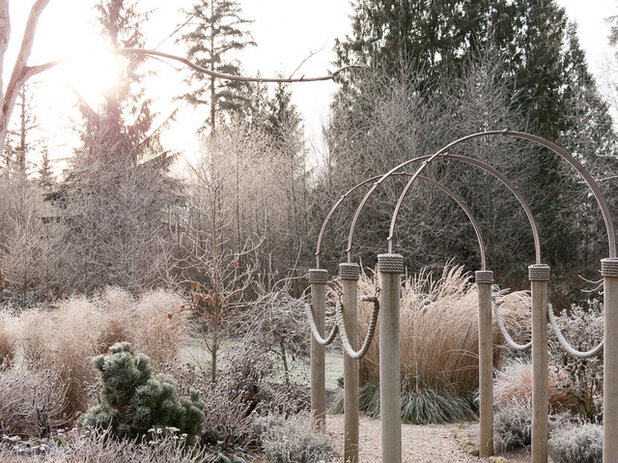

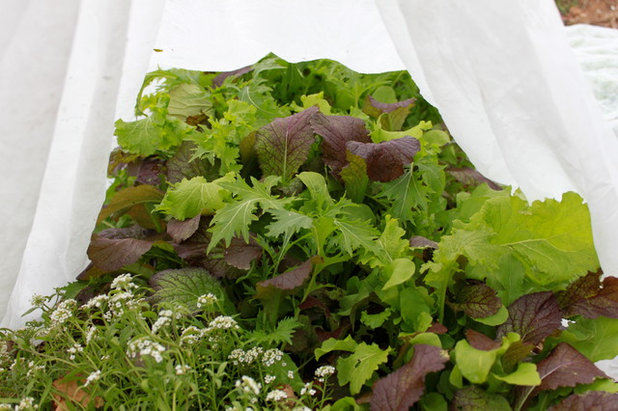
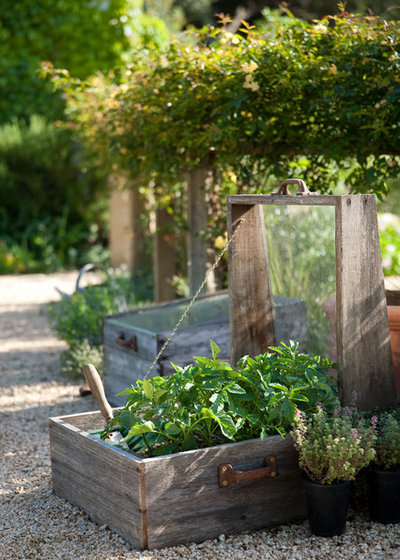
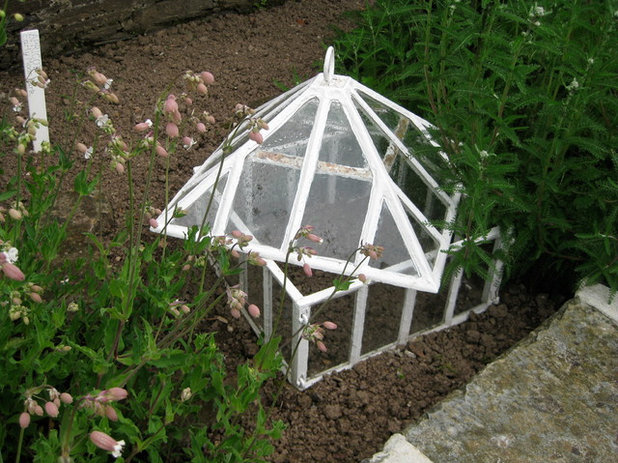



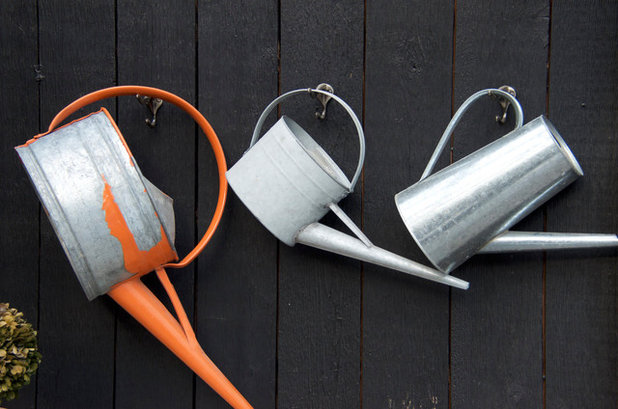
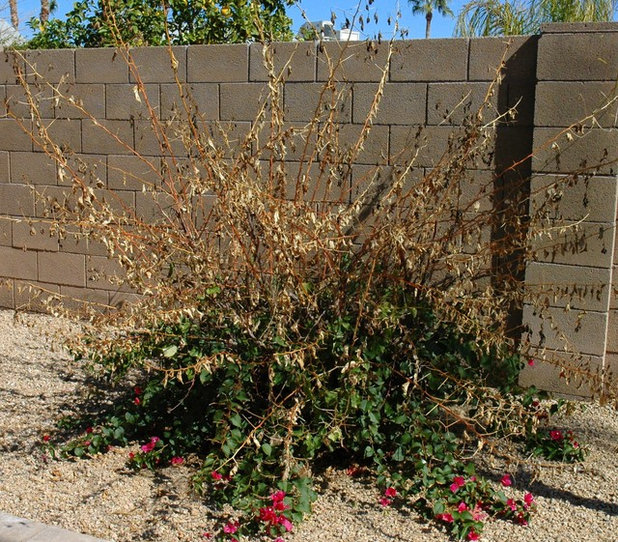
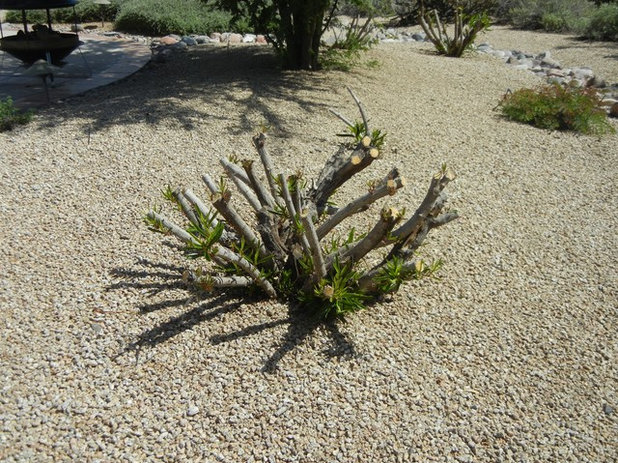












I agree, gardens in the northeast are long gone...............
I'm in zone 5, and we had a frost right after Labor Day this year. So I covered my herb plants with sheets and old towels. I harvested the basil and froze the leaves. Now that it's mid November, everything is dead.
I'm in Iowa and a lot of the garden is frosted but many things are still growing like parsley, mint, chard, arugula (to die for) Chinese salad greens. I bring in the tomato plants with green tomatoes and hang them up on the vine and they ripen nicely, and the potted green/red peppers are doing fine in the solar addition (even blossoms and new fruit, not sure what is pollinating them). I've noticed if the tomatoes in the garden that are under cover of leaves don't get frost damaged while the plants and ones that are exposed do.
Still trying to figure out how to over winter my new potted fig trees - any experiencing with this out there? Unheated garage?